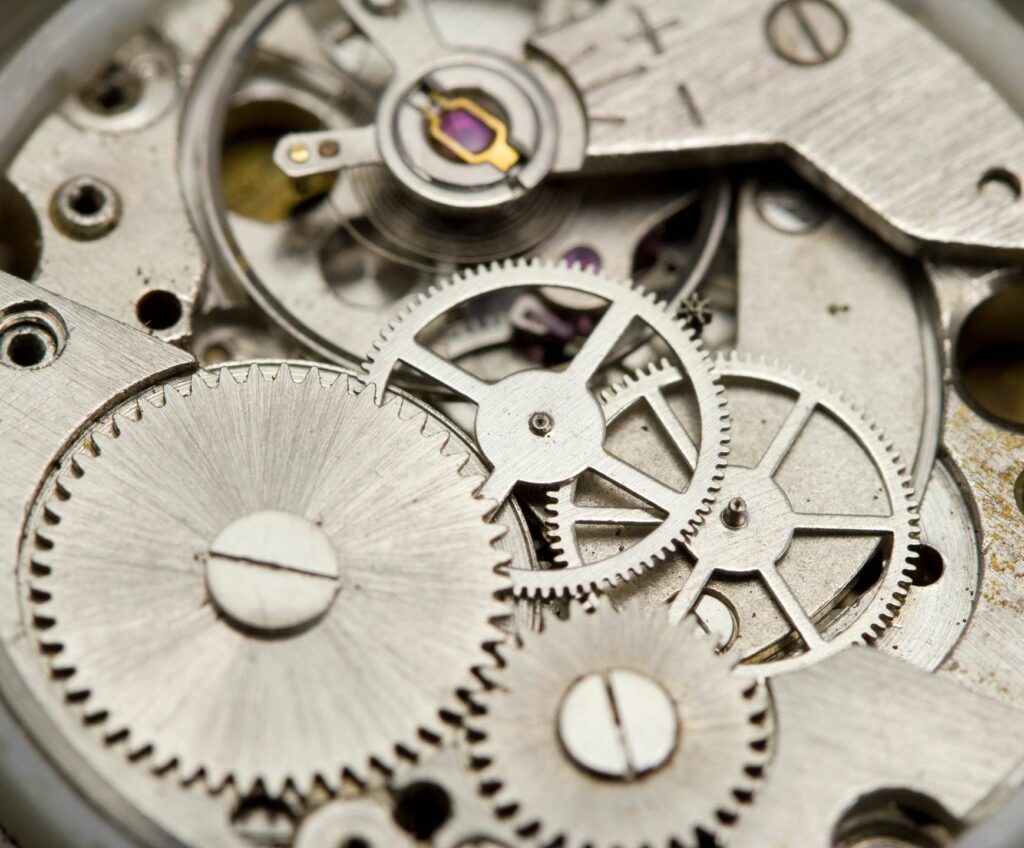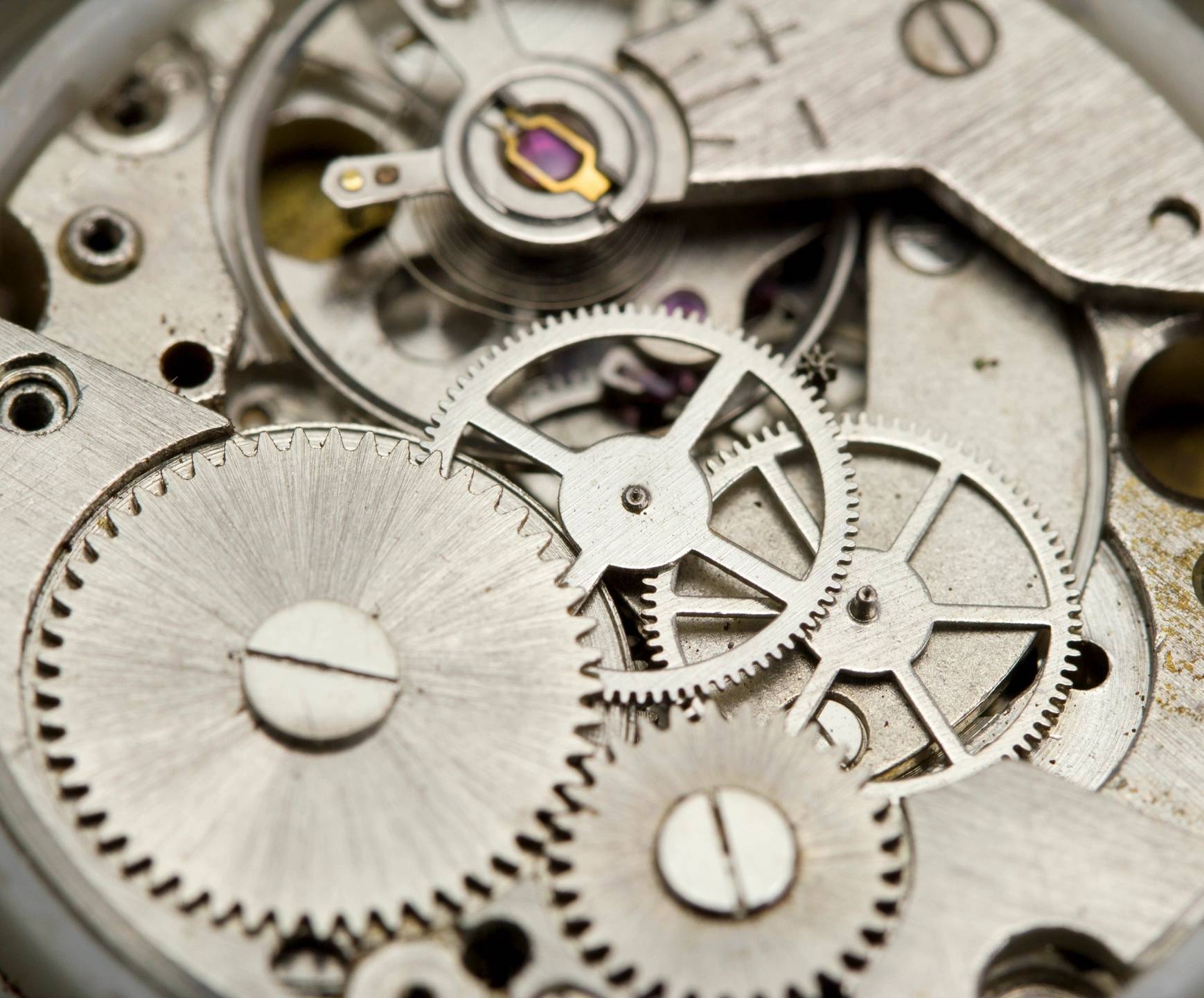The world of luxury watch brands Swiss vs. Italian is a realm where precision, artistry, and heritage converge. Moreover, among the many countries renowned for their watchmaking traditions, Switzerland and Italy stand out as two formidable forces. Swiss watchmaking is celebrated for its precision engineering, while Italian craftsmanship is synonymous with style and design.
In this comprehensive exploration, we will delve into the distinctive characteristics of Swiss and Italian luxury watch brands, comparing and contrasting their histories, craftsmanship, design philosophies, iconic models, impact on the global watch industry,
and their contributions to the world of haute horology.
By the end of this journey, you will gain a deeper appreciation for the unique qualities that each of these Luxurious watch giants brings to the wrist.

Swiss Watchmaking: The Epitome of Precision
Switzerland has been the heart of horology for centuries, and its reputation for precision and craftsmanship is unparalleled. Here, precision is not just a goal; it’s a way of life. Swiss watch brands are known for their dedication to engineering excellence, reliability, and accuracy.
Historical Perspective
Swiss watchmaking can trace its roots back to the 16th century when skilled craftsmen in the Swiss Jura Mountains began producing intricate timepieces. This region’s climate and isolation were conducive to precise timekeeping, which laid the foundation for Swiss watchmaking’s reputation.
The creation of the first wristwatch in 1868 by Patek Philippe marked a significant milestone in Swiss watchmaking. Today, Switzerland is home to some of the most prestigious watch manufacturers, including Rolex, Omega, Patek Philippe, and Audemars Piguet.
Craftsmanship and Movements
The heart of Swiss watches lies in their movements. Swiss watchmakers have perfected the art of crafting intricate, mechanical movements. Brands like Rolex are known for their in-house movements, which are renowned for their precision and reliability.
The Swiss-made designation is a symbol of quality, and it’s a testament to the meticulous craftsmanship that goes into each timepiece. Swiss movements often undergo rigorous testing and certification, ensuring they meet strict accuracy standards.
Design Philosophy
Swiss watch design is often characterized by its timeless elegance and understated sophistication. Brands like Jaeger-LeCoultre and Vacheron Constantin are celebrated for their classic and refined designs. The Swiss prioritize functionality and legibility, making their watches not only luxurious but also highly practical for everyday wear. Each element of a Swiss watch is carefully considered, from the choice of materials to the placement of indices and hands.
Iconic Models
Switzerland has produced a plethora of iconic watch models that have stood the test of time. The Rolex Submariner, with its timeless design and waterproof capabilities, is a symbol of Swiss excellence. The Audemars Piguet Royal Oak, with its distinctive octagonal bezel, redefined luxury sports watches. These watches have become symbols of success, precision, and enduring style, and they continue to capture the imaginations of watch enthusiasts worldwide.

Italian Craftsmanship: Where Style Meets Substance
While Switzerland may be the bastion of precision, Italy has earned its reputation in the world of luxury watches for its style, design flair, and artistry. Italian watchmakers are known for their ability to blend fashion with horology, creating timepieces that are as much about aesthetics as they are about function.
Historical Perspective
Italian watchmaking, although not as old as Swiss watchmaking, has a rich history that dates back to the 19th century. The Italian approach to watchmaking was heavily influenced by the country’s strong tradition of art and design. Brands like Panerai and Bulgari have been instrumental in putting Italian watches on the global map.
Craftsmanship and Movements
Italian watchmakers often collaborate with Swiss movement manufacturers, ensuring that the mechanical heart of their watches is of the highest quality. Panerai, for example, uses Swiss movements but adds its own unique design touches to create watches that are unmistakably Italian in style.
The emphasis in Italian watchmaking is not only on the movement’s accuracy but also on how it complements the overall design and aesthetics of the timepiece. This collaborative approach allows Italian brands to focus on their strengths in design and aesthetics while relying on Swiss precision for the mechanical aspects.
Design Philosophy
The Italian design philosophy is all about flair, creativity, and boldness. Italian luxury watch brands are not afraid to experiment with materials, colors, and shapes. Bulgari, for instance, is known for its use of colorful gemstones and unconventional case shapes. Italian watches are often considered wearable works of art, making a strong fashion statement. The marriage of traditional craftsmanship and cutting-edge design is a hallmark of Italian watchmaking.
Iconic Models
Italian luxury watch brands have their own iconic models that have gained international acclaim. The Panerai Luminor, with its distinctive crown protector and bold, oversized numerals, is instantly recognizable. Bulgari’s Serpenti collection, with its snake-like bracelet and mesmerizing design, has become an icon of Italian style. These watches embody Italian luxury, drawing inspiration from the country’s rich artistic heritage and bold fashion sense.
Luxury Watch Brands Swiss vs. Italian Craftsmanship
- Heritage: Swiss watchmaking has a longer history, dating back to the 16th century, while Italian watchmaking is characterized by its creativity and more recent emergence as a luxury watch hub.
- Craftsmanship: Swiss watches are celebrated for their precision and in-house movements, while Italian watches often incorporate Swiss movements into their designs, adding their own unique touches and aesthetics.
- Design Philosophy: Swiss watches prioritize functionality, understated elegance, and timelessness, whereas Italian watches prioritize style, boldness, and fashion-forward designs.
- Iconic Models: Both Swiss and Italian brands have iconic models, but they appeal to different tastes – Swiss for timeless elegance and precision, Italian for bold style and artistic flair.
Impact on the Global Watch Industry
The influence of both Swiss and Italian watchmaking extends far beyond their respective borders. Swiss watchmaking, with its emphasis on precision and engineering excellence, has set the gold standard for watchmaking worldwide.
The Swiss-made label is synonymous with quality and craftsmanship, making Swiss watches highly sought-after and trusted by collectors and enthusiasts globally. Switzerland’s watchmaking industry is not only a source of pride for the country but also a significant contributor to its economy.
Italian watchmaking, on the other hand, has added a new dimension to the watch industry. Italian luxury watch brands have redefined what it means to create a statement piece. They’ve shown that a watch can be more than a timekeeping instrument; it can be a work of art, a symbol of style, and a reflection of one’s personality.
Italian watchmakers have successfully bridged the gap between horology and high fashion, bringing their unique sensibility to the global stage.
The synergy between Swiss precision and Italian creativity has also resulted in collaborative efforts that have produced exceptional timepieces. These collaborations showcase the best of both worlds, with Swiss movements providing the reliability and accuracy while Italian designers infuse their unique style into the final product
Contributions to the World of Haute Horology
Both Swiss and Italian craftsmanship have made significant contributions to the world of haute horology, each in its own way. Swiss watchmakers have pushed the boundaries of mechanical engineering, creating complications that range from perpetual calendars to minute repeaters.
They have perfected the art of precision timekeeping, contributing to the overall advancement of watchmaking technology. Swiss watch brands continue to innovate in areas like materials, anti-magnetism, and water resistance, setting new industry standards.
Italian watchmakers, on the other hand, have focused on elevating watch design to new heights. They’ve introduced unconventional materials like ceramic and carbon fiber, creating visually striking timepieces. Italian luxury watches often feature intricate dials and unique case shapes, showcasing their commitment to aesthetics. These innovations have reshaped the definition of luxury in the watch industry, emphasizing that a watch is not just a functional device but a wearable piece of art.
Cultural Significance
The cultural significance of Swiss and Italian luxury watches extends beyond the world of horology. Swiss watches have become symbols of Swiss craftsmanship and precision, reflecting the country’s commitment to excellence in various fields. They are also frequently associated with success, luxury, and heritage. Swiss watch brands often sponsor major sporting events and cultural institutions, further solidifying their presence in global culture.
Italian watches, on the other hand, embody the essence of Italian style, creativity, and fashion. Italy is renowned for its contributions to art, design, and aesthetics, and Italian luxury watches reflect these values. Brands like Bulgari have seamlessly integrated watchmaking into their broader luxury offerings, from jewelry to accessories, creating a holistic luxury experience.
The Future of Swiss and Italian Watchmaking
As we look ahead, both Swiss and Italian watchmaking continue to evolve. Swiss watchmakers are embracing smartwatch technology, combining traditional craftsmanship with digital innovation to appeal to a new generation of consumers. Italian brands are expanding their reach into emerging markets, showcasing their unique blend of artistry and fashion on a global scale. The synergy between these two traditions remains a source of inspiration for the watch industry.
Conclusion Luxury Watch Brands Swiss vs. Italian
In the world of luxury watches, Swiss and Italian craftsmanship represent two distinct yet equally captivating approaches to horology. While Swiss watchmaking is synonymous with precision and timeless elegance, Italian craftsmanship is all about flair, creativity, and bold design.
Whether you lean towards the meticulous engineering of Swiss watches or the artistic expression of Italian timepieces, one thing is certain: the world of luxury watches offers something for every connoisseur, making it a truly timeless and diverse realm of horology.
Both Swiss and Italian watchmaking traditions have left an indelible mark on the global watch industry, shaping its evolution for centuries. Switzerland’s precision and innovation continue to drive advancements in horology, while Italy’s flair for design and fashion-forward thinking redefine the boundaries of what a luxury watch can be. The coexistence of these two traditions ensures that horology remains a dynamic and ever-evolving art form, appealing to a wide range of tastes and sensibilities.
In the end, whether you choose Swiss or Italian craftsmanship, your luxury watch becomes more than just a timekeeping device; it becomes a reflection of your personal style, an heirloom, and a testament to the enduring allure of fine watchmaking.
Luxury Watch Brands Swiss vs. Italian, which is your preferred craftsmanship?
